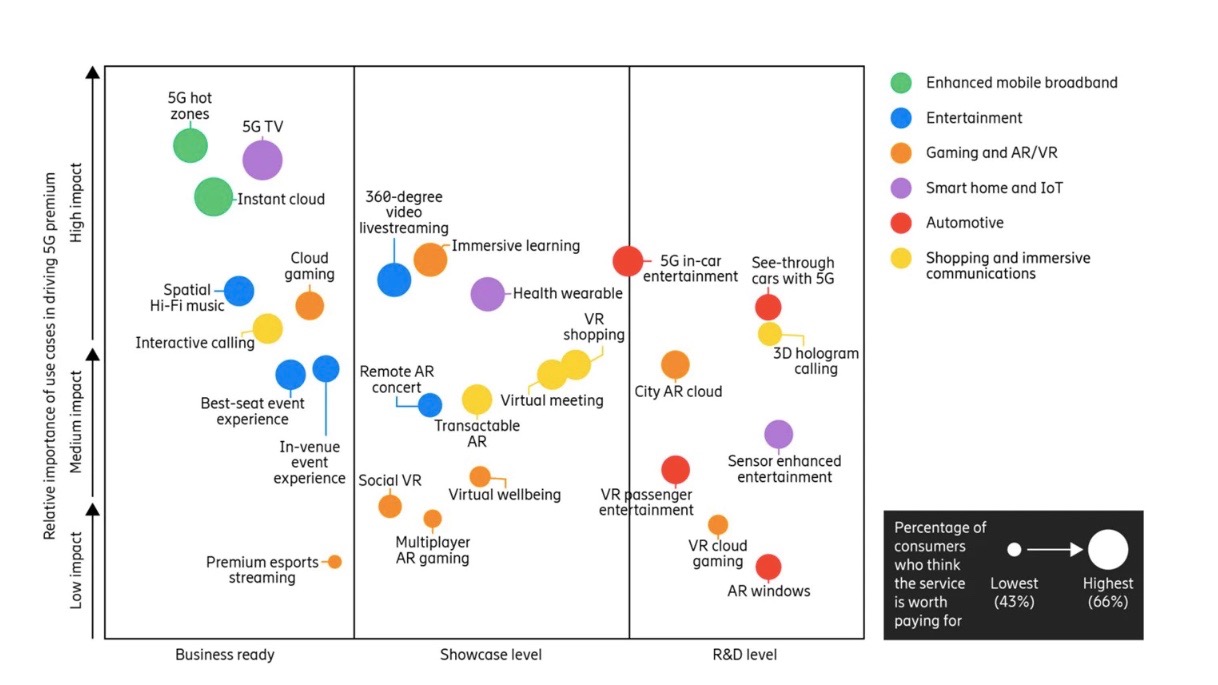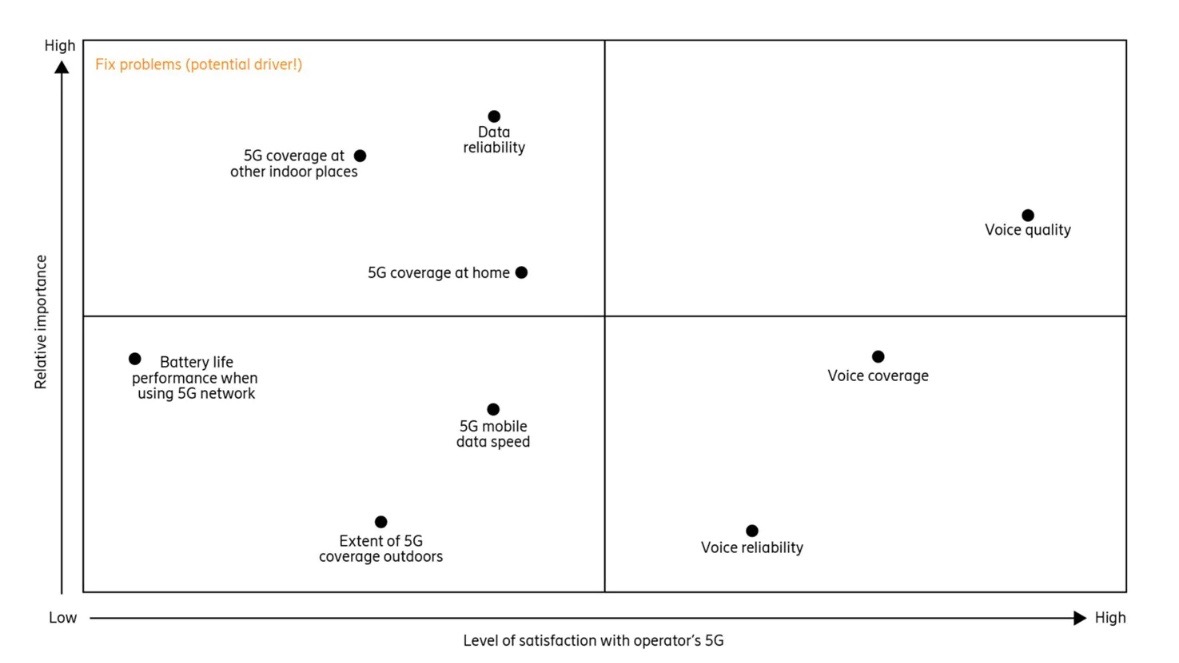World’s largest study shows 5G is already changing smartphone behaviour
Ericsson has captured opinions equivalent to 1.3 billion consumers, and 220 million 5G users, exploring key trends behind 5G adoption, use and perception.

A new report released by Ericsson ConsumerLab: Five Ways to a Better 5G, highlights the impact that 5G is already having on smartphone users worldwide and what they expect the technology to deliver in the future. It shows indoor coverage is one of the focus areas to emerge from the research as one-in-five users are already reducing Wi-Fi use on their 5G phones indoors, because of the benefits of 5G mobile connectivity.
Five Ways to a Better 5G is the result of the largest global 5G consumer study to date, covering consumer sentiment and perception in 26 markets, including the US, China, South Korea, and the UK. The Ericsson ConsumerLab study methodology is representative of 1.3 billion smartphone users globally, including 220 million 5G subscribers.
5G triggering new use behaviours
The report revealed that even by the end of 2020, increased awareness of service and value benefits could have resulted in 22 percent more smartphone users with 5G-ready handsets upgrading to 5G subscriptions. Interestingly, it also showed how 5G is already beginning to trigger new use behaviours – in addition to reducing Wi-Fi use, early adopter 5G users also spend an average of two hours more on cloud gaming and one hour more on augmented reality apps per week compared to 4G users.

5G users dissatisfied with innovative services
Another key finding of the report was that while users are satisfied with 5G speed, about 70 percent are dissatisfied with the availability of innovative services and new apps. Furthermore, consumers said they are willing to pay 20–30 percent more for 5G deals bundled with digital service use cases.

Covid-19 lockdowns and movement restrictions mean that the vast majority of 5G early adopters’ regular experiences with the technology have been indoors. As a result of the pandemic, early adopters have indicated, in the survey, that indoor coverage is two times more important than speed or battery life in delivering satisfactory 5G experiences.
How CSPs can meet consumer expectations
The report outlines five ways for communications service providers (CSPs) to meet consumer expectations both in the immediate and longer terms. These are addressing the knowledge gap by educating and better marketing the value of 5G to consumers, ensuring consistent quality of indoor and outdoor 5G coverage, adapting to network requirements for new 5G services, focusing on consumer intent to envision new 5G use cases and accelerating availability of existing and new use cases through ecosystem partnerships.
“Encourage 5G adoption and meet consumer expectations.”
Jasmeet Singh Sethi, Ericsson Research
“So far, analyses of 5G network experiences have mostly focused on 5G speeds and availability based on independent network measurements. But it is equally important to understand how 5G early adopters perceive that experience. With Ericsson ConsumerLab’s five recommendations and insights, CSPs can encourage 5G adoption and meet consumer expectations,” said Jasmeet Singh Sethi, Head of ConsumerLab, Ericsson Research.
Get up to speed with 5G, and discover the latest deals, news, and insight!
- Why 5G small cells are vital for mmWave 5G
- Get updates on the hottest 5G stocks
- We reveal the latest 5G use cases
- Discover the truth behind 5G dangers
- 5G towers: everything you need to know
Rachael is a British journalist with 17 years experience in the publishing industry. Since launching www.digitalcameraworld.com, she’s been freelancing, and working for some of the world’s best-loved websites and magazines including T3.com and TechRadar.com and has also had a book, iPad for Photographers, published. A regular contributor at 5Gradar, Rachael is following the 5G market closely. Find out more at www.rachaelsharpe.com

